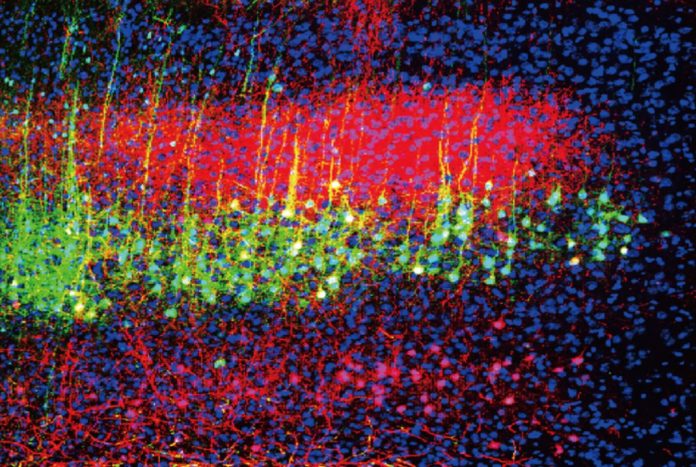Sound, like music and noise, is known to help people feel less pain. Its pain-relieving effect during dental procedures was first noticed more than 50 years ago.
Since then, it has been used in clinical settings to treat pain after surgery and during procedures. It is also increasingly being studied as a treatment for illnesses associated with chronic pain.
Since different musical genres and sounds can reduce pain in people in different ways, it is believed that these benefits are driven by the fundamental qualities of music or by other contextual elements rather than just the music itself.
But no one knows what happens in the brain.
Inspired by observations in humans, an international team of scientists evaluated the phenomenon in mice and found the brain circuits that may point to more effective pain therapies.
The results were published in Science.
Researchers from the National Institute of Dental and Craniofacial Research (NIDCR), the University of Science and Technology of China in Hefei, and Anhui Medical University in Hefei, China conducted the study. The NIDCR is affiliated with the National Institutes of Health.
According to Rena D’Souza, “we need more effective methods of managing acute and chronic pain, and that starts with gaining a better understanding of the basic neural processes that regulate pain.”
“By uncovering the circuitry that mediates the pain-reducing effects of sound in mice, this study adds critical knowledge that could ultimately inform new approaches for pain therapy.”
Human studies dating back to 1960 have demonstrated that music and other types of sound can assist decrease acute and chronic pain, including that caused by dental and medical surgery, childbirth, and cancer. However, it was unclear how the brain produces pain relief, or analgesia.
Co-senior author Yuanyuan (Kevin) Liu, says, “human brain imaging studies have implicated certain areas of the brain in music-induced analgesia, but these are only associations.”
“In animals, we can more fully explore and manipulate the circuitry to identify the neural substrates involved.”
First, the researchers played three different sounds to mice with inflamed paws: a pleasant piece of classical music, an unpleasant reworking of the same piece, and white noise.
Surprisingly, all three types of sounds made the mice less sensitive to pain when they were played at a low level compared to the background noise (about the level of a whisper). Higher intensities of identical noises had no effect on the pain responses of animals.
“We were really surprised that the intensity of sound, and not the category or perceived pleasantness of sound would matter,” adds Liu.
Scientists used non-infectious viruses paired with fluorescent proteins to investigate the brain circuitry behind this impact by tracing connections between brain areas.
They discovered a pathway between the auditory cortex, which receives and interprets sound information, and the thalamus, which serves as a relay for sensory messages from the body, including pain.
Low-intensity white noise decreased the activity of thalamic neurons at the receiving end of the circuit in freely moving mice.
When there was no sound, blocking the channel with light- and small-molecule-based methods simulated the pain-diminishing effects of low-intensity noise, while activating the pathway made the animals more sensitive to pain.
According to Liu, it is unknown if similar brain mechanisms operate in humans or whether other components of music, such as its perceived harmony or pleasantness, are significant for relieving human pain.
“We don’t know if human music means anything to rodents, but it has many different meanings to humans—you have a lot of emotional components,” he adds.
Scientists could use the results as a starting point for more research to find out if what they found in animals also applies to people. This research could lead to safer alternatives to opioids for treating pain.
Image Credit: Getty
You were reading: Scientists Reveal How An Easy To Follow Habit Blunts Pain
